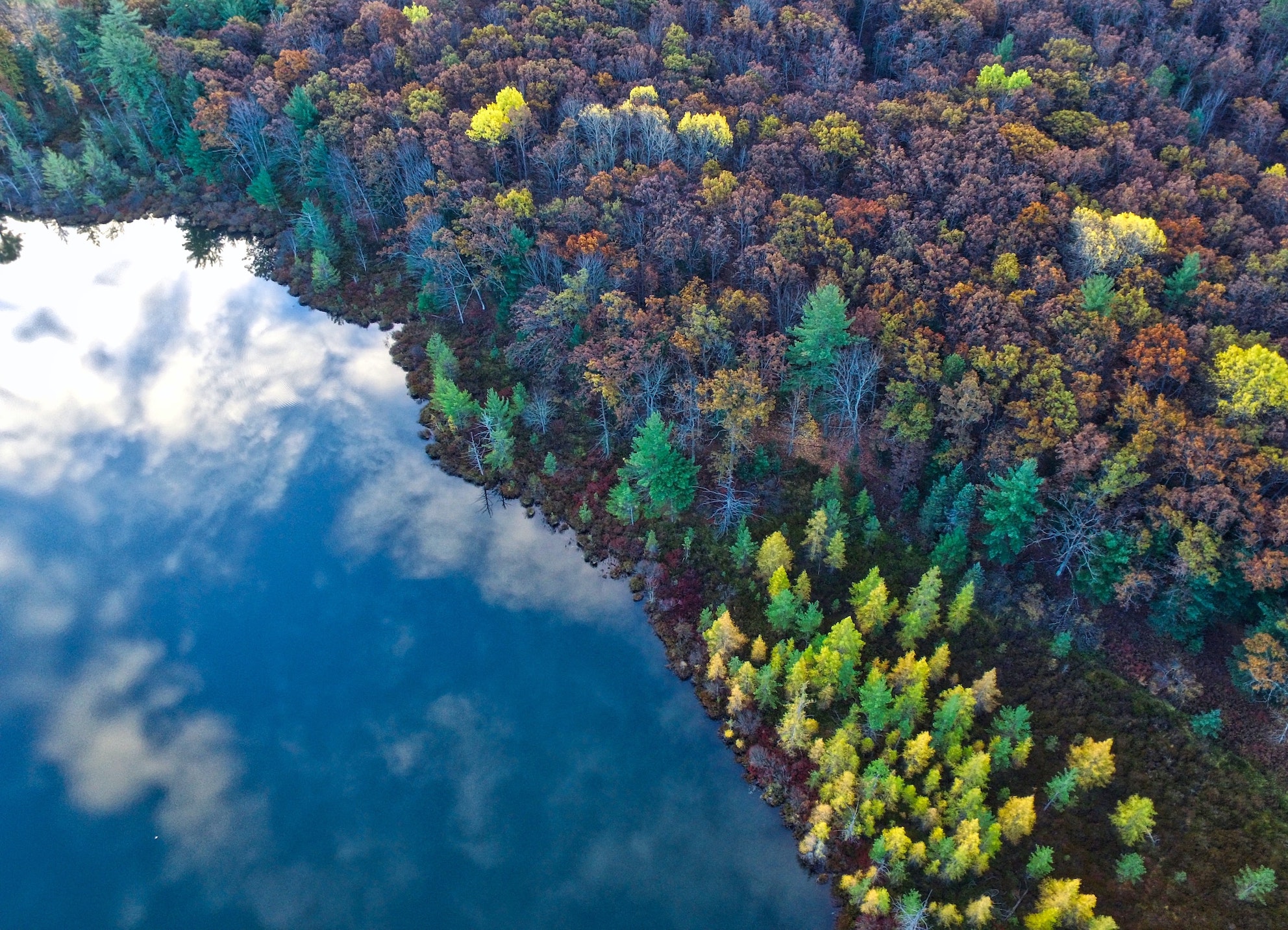30 June 2021 – by Evelyn Workman
The U.S. Environmental Protection Agency (EPA) has updated climate change data on its website for the first time in 5 years. The data is presented on the Climate Change Indicators website, the website allows the public to explore data generated primarily by federal agencies on climate change and its impact on people throughout the U.S. The first Climate Change Indicators report was published by the EPA in 2010, and the data was regularly updated on its website until the Trump administration in 2016. During his presidency, Donald Trump was openly sceptical of human-caused climate change, at times calling it a “hoax”.
The recent data presented in the Climate Change Indicators report illustrates the alarming reality of the impact of climate change across the U.S. Surface temperatures across the U.S. are rising, and that increase is accelerating. This temperature increase is the most pronounced in Alaska, which saw an average temperature rise of more than 2°C in parts, since 1925. Rising temperatures are also worsening wildfires, according to the new data. Wildfire season is starting earlier, lasting longer, and the amount of land burned each year by wildfires is increasing. Heatwaves have also become more common due to increasing surface temperatures, with occurrences tripling in U.S. cities since the 1960s. Drought is growing in the Southwest, which in turn threatens the availability of drinking water.
Coastal flooding is five times more common in cities across the U.S. today compared to in the 1950s. A combination of melting of polar ice and rising water temperatures are the cause of the flooding, with sea level rising being particularly prominent along the East Coast and Gulf Coast. The new data also shows that incidents of lyme disease have doubled since 1991, as a warming climate across the U.S. is leading to deer ticks being able to survive in an increasing number of areas.
With this data update announcement, EPA administrator Michael Regan has made it clear that climate change is once again a top priority for the EPA. “There is no small town, big city or rural community that is unaffected by the climate crisis,” Regan said, “Americans are seeing and feeling the impacts up close, with increasing regularity.”










